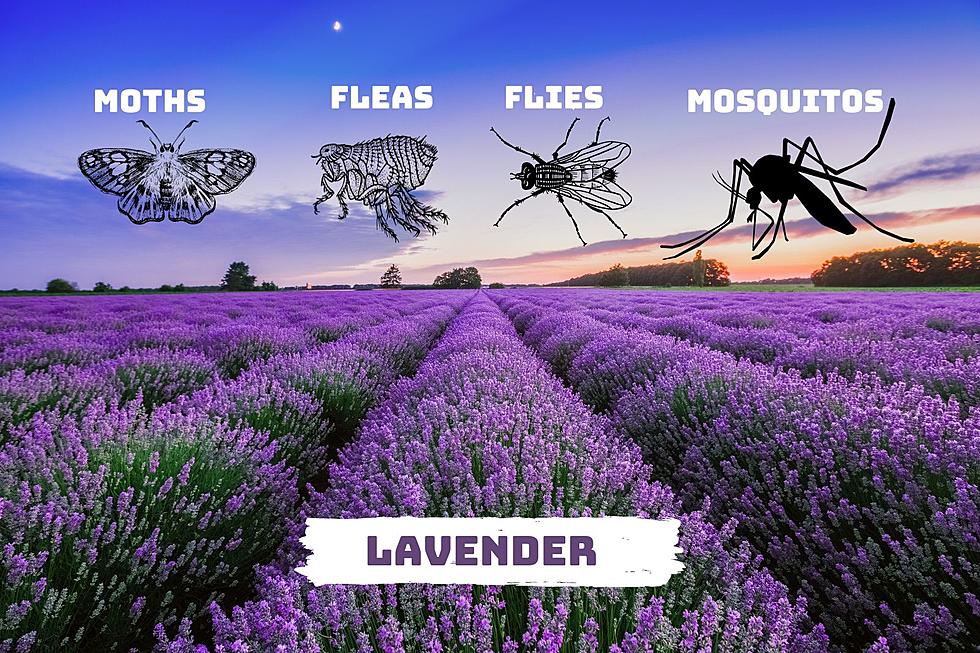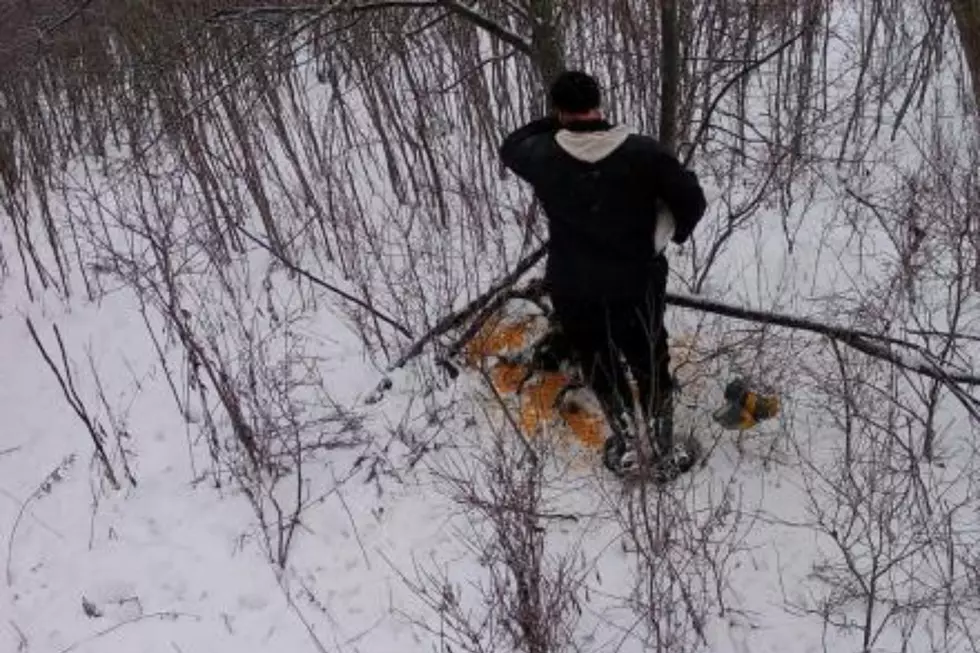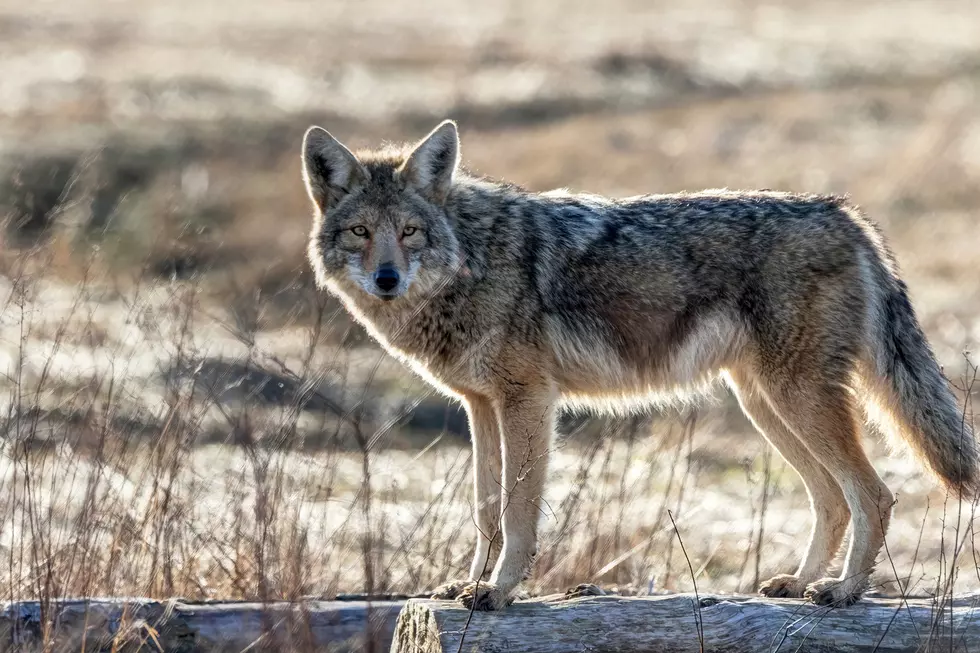
Simple Steps To Put Your Garden To Bed For Winter – AG Matters
Our "warmer than usual temperatures" are giving us the chance to get more outdoor projects completed. And that includes putting the garden to bed for the winter. The Master Gardeners at Cornell Cooperative Extension have some simple steps to follow.
Cut back perennials to about 3 inches from soil. Compost all cuttings unless plants appear to be diseased. Bag up diseased plants. Keeping diseased plants from the compost pile will prevent a reintroduction of those diseases to your plants. One exception for cutting back are ornamental grasses. Most grasses are best cut back in the spring. Leaving them up will also provide a little winter interest.
Clean up annuals by pulling them up and tossing and in the compost pile. If you see any signs of diseases, put those in a bag and toss in the garbage.
Divide and Transplant: Fall is a great time to divide and transplant. While it appears as if all activity in the garden has stopped, there's a lot going on under the soil until it freezes. Newly transplanted trees and shrubs, divisions of perennials, and hardy bulbs are all growing roots, drawing on soil nutrients and moisture around them.
Weed: Once you cut back you have a great opportunity to weed and clean up any debris in your garden. Weeding now will make your Spring Garden chores easier
Prune: You can do some light pruning now, but major shaping for shrubs and bushes should be done in the spring. If you have flowering shrubs, don't prune unless you know if the shrub flowers on old or new wood. You can prune dead branches anytime of the year.
Mulch: perennial beds with pine needles or chopped leaves. Mulch protects both plant roots and the soil. Mulch keeps soil at an even temperature, and helps soil from heaving. Wait until a hard freeze to add mulch.
SOURCE: Cornell Cooperative Extension
More From Big Frog 104









